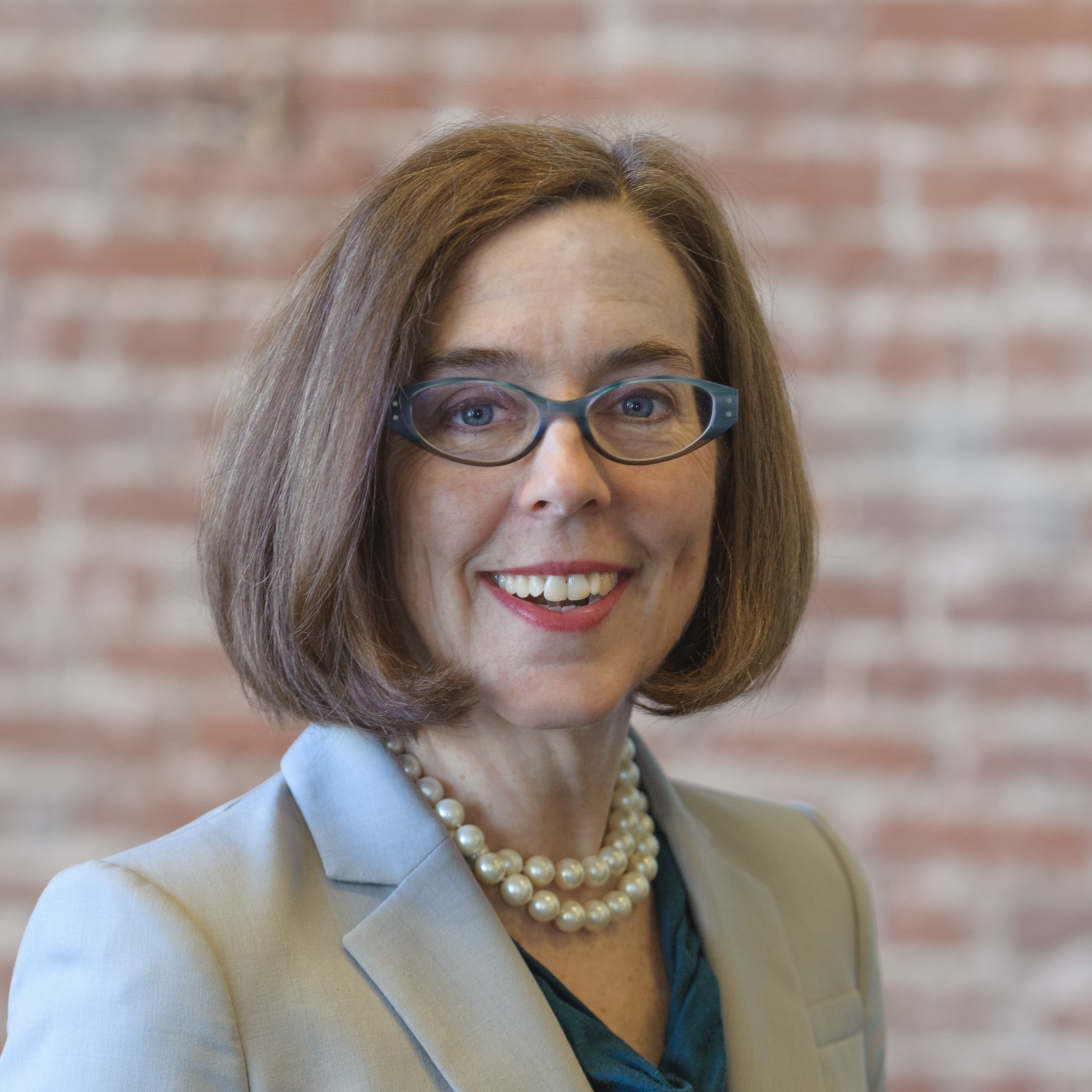Oregon
Gov. George Earle Chamberlain
- January 15, 1903 - February 28, 1909
- Democratic
- January 1, 1854
- July 9, 1928
- Mississippi
- Washington and Lee University
- Married Sallie Newman Welch; six children
- Resigned
- Senator
- Volunteer Militia
About
GEORGE EARLE CHAMBERLAIN was born in Natchez, Mississippi, where he attended public schools. He then earned his bachelor’s and law degrees from Washington and Lee University in Virginia. After finishing law school, he moved to Oregon, where he found a teaching position near Albany and won admission to the Oregon Bar. He served with “The Linn County Rifles,” a group of volunteers sent to eastern Oregon to combat Indians. He helped organize the first temperance society in Albany, served as Deputy Clerk of Linn County from 1878 to 1879, joined in a law partnership, and became editor of the Albany States Rights Democrat. He served in the Oregon House of Representatives from 1880 to 1884, was District Attorney for the Third Judicial District in Oregon from 1884 to 1896, and acted as Chairman of the Linn County Democratic Central Committee in 1890. In 1891 he won appointment as the first Attorney General of the state by then-Governor Sylvester Pennoyer, winning election to a full two-year term the following year. He then moved to Portland, where in 1900 he became District Attorney of Multnomah County. Elected governor in 1902, he was considered a skillful political strategist and supported popular causes, including an amendment to the state constitution that permitted initiatives and referendums. He protected the salmon industry by more effectively enforcing open and closed fishing seasons, advocated river development to reduce freight rates via competition with the railroads, and campaigned against fraudulent land dealers. Chamberlain resigned from his second term as governor after being elected to the U.S. Senate by the state legislature. As a member of the Senate, he helped devise the selective service draft during World War I. He later served as a member of the U.S. Shipping Board and then practiced law in Washington, DC until his death.
Source
Sobel, Robert, and John Raimo, eds. Biographical Directory of the Governors of the United States, 1789-1978, Vol. 4. Westport, CT: Meckler Books, 1978. 4 vols.
The National Cyclopaedia of American Biography, Vol. 14. New York: James T. White & Company.
Biographical Directory of the U.S. Congress











